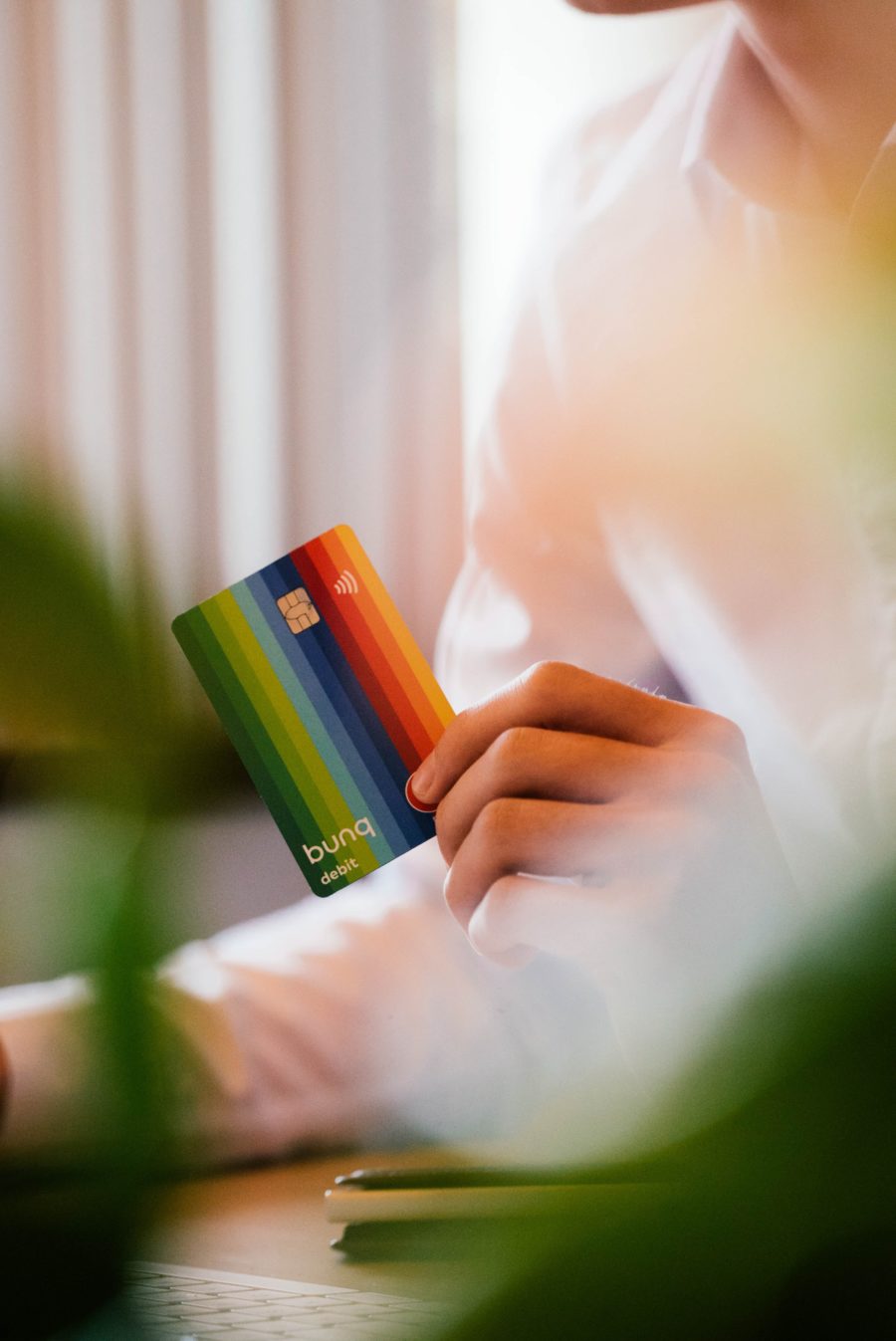
Fintech Marketing Methods
Fintechs use several marketing methods to distinguish themselves from traditional financial services companies. Challenger banks provide some great examples of these tactics. Many challenger banks ultimately plan to offer their banking services to everyone. But they often use marketing tactics based on exclusivity to appeal to early adopters. Sometimes, these bank marketing methods feel more like the promotional strategies used by social networks and other technology companies. When Facebook was launched, the social network wasn’t available to everyone. And a neobank might not open its doors to everyone immediately either.
The Velvet Rope Strategy
Neobanks often build their websites before they allow depositors to open bank accounts with them. And even when they do begin signing up customers, they might not open an account for everyone at once. So neobank web pages often ask customers to sign up for a waitlist instead of immediately beginning the bank account sign-up process. The Douugh waitlist is one example of the velvet rope strategy. Simba, a challenger bank designed to support international money transfers, also has a waitlist. And there are many other examples. Like other technology companies, a challenger bank can also move customers up on the waitlist as a reward for other actions, such as referring other customers to the bank.
Eye-Catching Debit Cards
In 2020, Cash App released a limited edition debit card that glows in the dark. While it’s unlikely that you’ll be using a debit card in the dark, the card could attract attention at a party or a festival. And it wasn’t the first fintech to use glow-in the dark debit cards as a marketing strategy. Australian neobank Xinja released one in 2018. While glowing cards are still relatively rare, challenger banks are well known for their brightly colored and creative card designs. And they also use metal cards to distinguish themselves, but these cards are less unique because major banks have also issued metal credit cards. Steel cards are the most common. But some challenger banks with wealthy customers issue gold and silver-plated debit cards.
Airline Lounge Perks
Airline lounges are available as an amenity for business travelers. The passengers in the lounge get their own exclusive area inside the airport. They can relax and recuperate during a long flight with connections at multiple airports without being bothered by the airport crowds. And the lounge may provide amenities like hot coffee and wireless internet access. Challenger banks were already targeting business travelers with features like no-fee international cash exchanges. But the challenger bank Revolut also allows account holders to purchase discounted airline lounge keys at airports around the world. This is another example of a fintech marketing strategy that separates the fintech’s customers from the crowds.
Bashing the Big Banks
In my last article, I talked about Unifimoney and its commercials that bash the big banks for their unethical financial practices. Unifimoney is still making commercials, and the big banks are still getting into trouble. After I published that article, a major bank was fined $920 million for manipulating the market price of precious metals such as gold and silver. So challenger banks can also attract customers by pointing out the ethical challenges of their competitors. And other challenger banks conduct similar promotional campaigns. Varo Bank explains that the banking system works well for wealthy people, but not others, in its own commercials. Lower-income depositors frequently get charged various fees. But challenger banks like Varo want to avoid charging these fees by operating without the expensive branch network the big banks maintain.